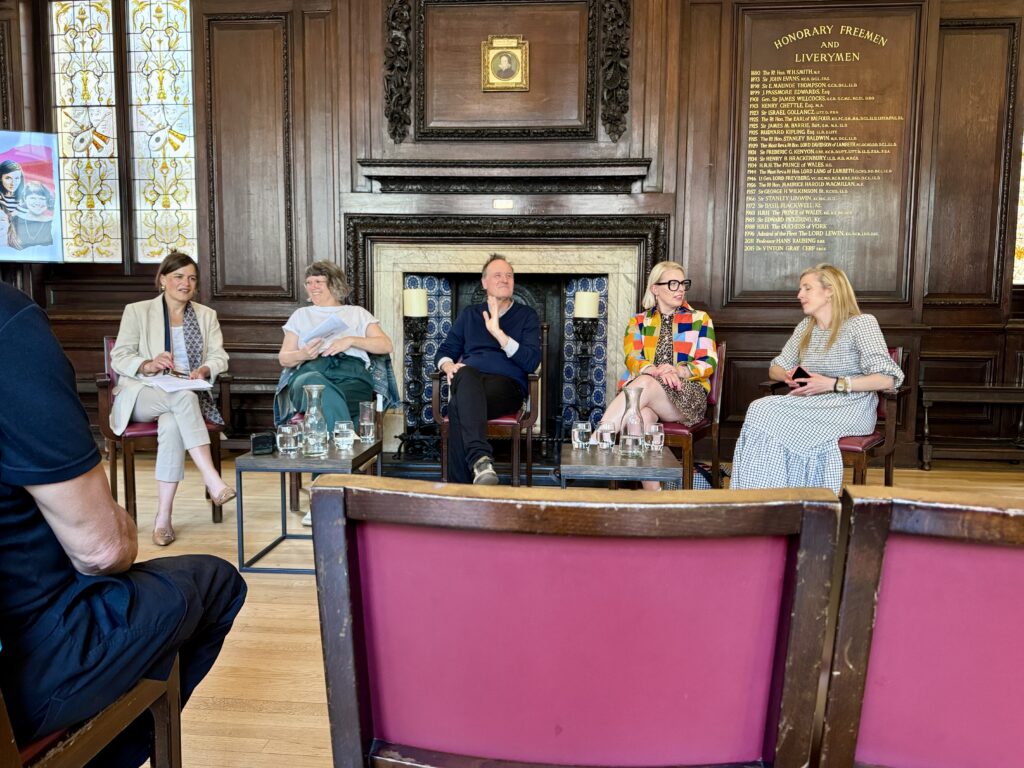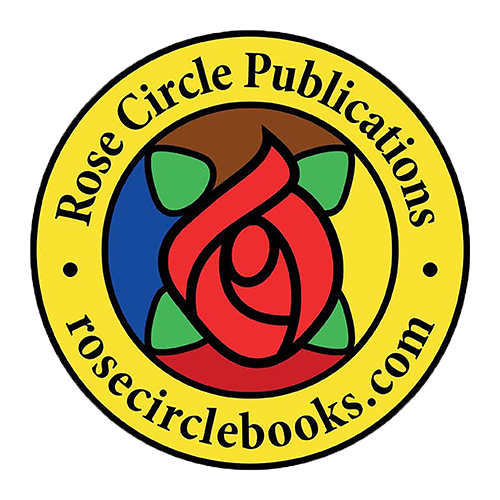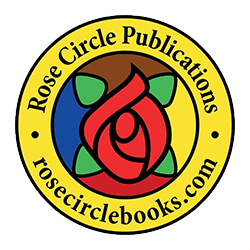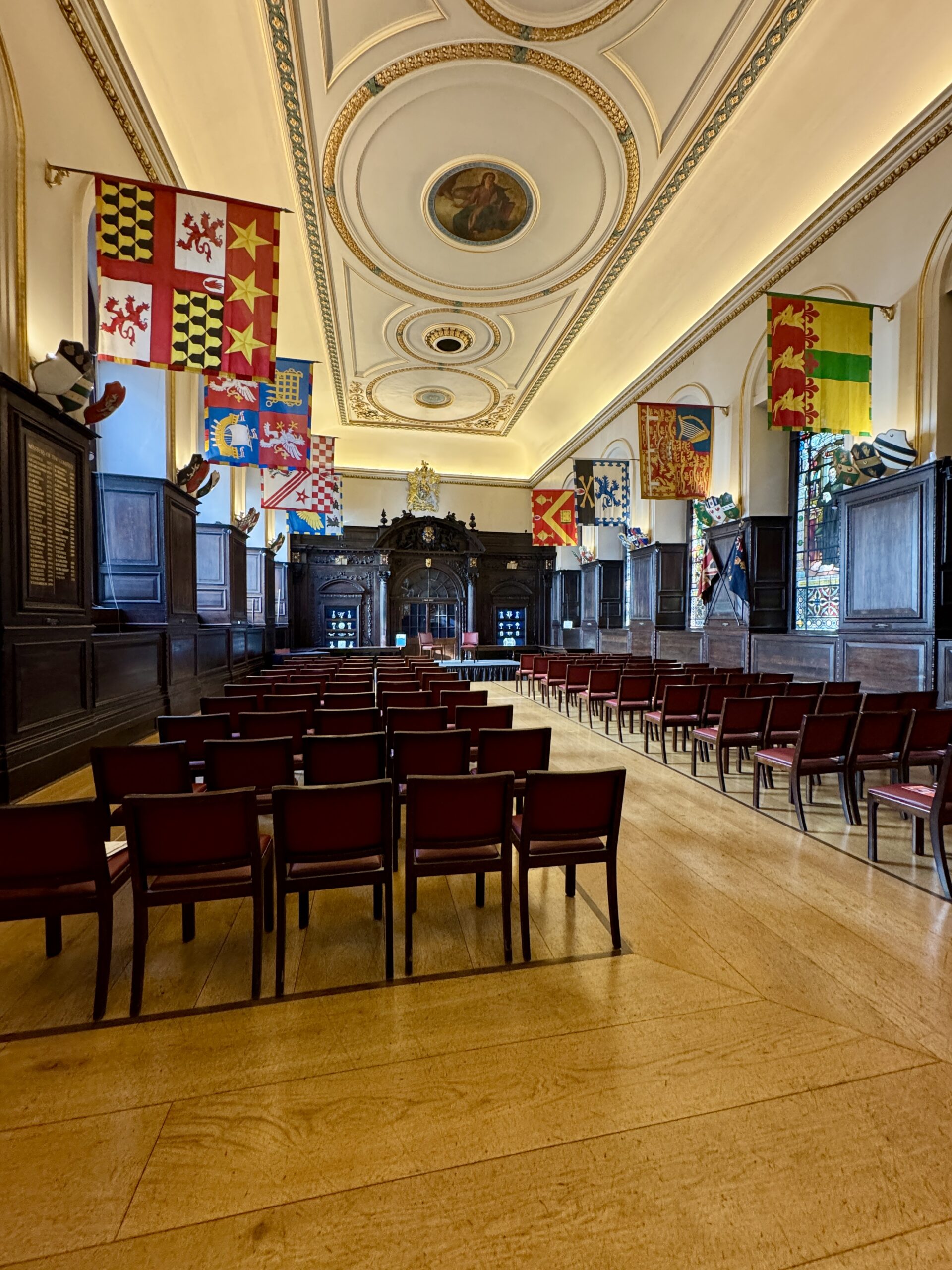beyond the book panel discussion
I attended a proctored panel debate this evening at Stationers’ Hall in London, called ‘Beyond The Book’, where several well-known speakers discussed new avenues in the publishing business, including the role of AI, and the return of publishing to a ‘cottage’ industry, in which authors built their own brand using tools like Substack and YouTube to reach readers directly instead of going through the multilayered publishing industry.

Recommendations also included using blogs, regular and direct contact with readers, podcasts, and the banding together of likeminded authors to build brand recognition around a niche theme.
By communicating directly with readers, an author can build an audience of like-minded people who can act as ‘patrons’, paying a monthly subscription for access to material which interests them (via Patreon, Substack, etc.). On of the panel mentioned that they had worked for the BBC for many years but had felt stifled since their contributions, being on a relatively obtuse topic, were well-received but not by a large enough audience for a corporation who needed to generalize (i.e. monetize) everything for a mass audience. This can also be an issue with big publishing houses, who will pressure authors to write in a mainstream manner to maximize profits. The problem with the new model is finding enough readers to support the author: one audience member mentioned he was already paying around $60 a month to support writers who he used to follow in a major newspaper, and who he wished to support, but that this was beginning to become a little pricey! Curiously, several of the panel mentioned that some of their supporters didn’t even have time to read their articles but nevertheless exhibited a vicarious altruistic streak by supporting them financially in their endeavors!


The new breed of ‘author support’ companies, also represented on the panel, would listen to a person approaching them to publish a book, and ask them to carefully consider if they really wanted to be a traditional author of physical books, or whether they might express themselves better in a different medium – a blog, podcast, on YouTube, etc. – or a combination of media, since the possibilities for cross-selling could increase exponentially if one could grow an audience by offering different communication vehicles, and encourage viewers/readers to add other channels the author was using as well. Again, the main purpose was to take control of the audience instead of leaving that to an intermediary; and allowing the communicator to focus on their real interests rather than having to water down (or dumb down) their passion to speak to a broader and less engaged audience. One might even call this a Gestalt approach to communication.
One point which was strongly stressed was a vision of Artificial Intelligence (AI) being used to enhance channels of communication and perhaps even to beautify them and make them more aesthetically attractive. There was a strong caution against using AI in the actual process of writing! Laws are being strengthened and tools developed to detect plagiarism in any form, and some author groups such as the Authors Guild in the United States have produced a logo to be put on books which are wholly the work of an author with no recourse to AI, to try to weed out those which are produced at the press of a button, and which frequently disappoint.
Still, it is nice to know that both myself and a number of Masonic and esoteric authors and translators are apparently ahead of the curve in this ‘rich’ approach to building an audience! Here we have been using blogs and articles to communicate directly with our audience, and have used our brand as a haven for like-minded authors to publish as a collective, so that readers know they will be buying a quality product targeted to a specific kind of reader interested in a specialized series of topics. A number of our authors also appear on podcasts and attend public events and give talks, all of which broadens the range channels to our audience – both actual and potential. This has enabled our brand to flourish and, by operating as a collective, avoids the unnecessary costs associated with going through a ‘big brand’ corporation, as well as keeping book costs down for our readers.
Long live cottage industries!



No Comments